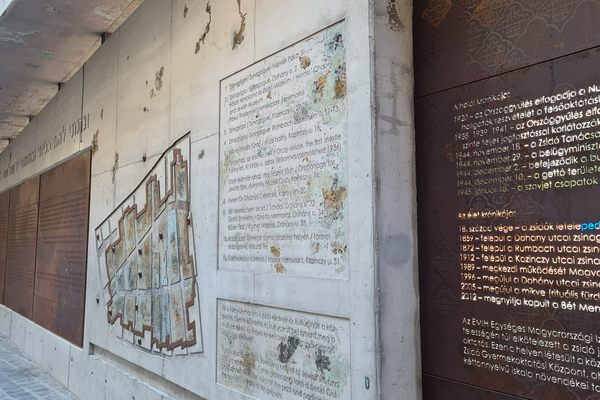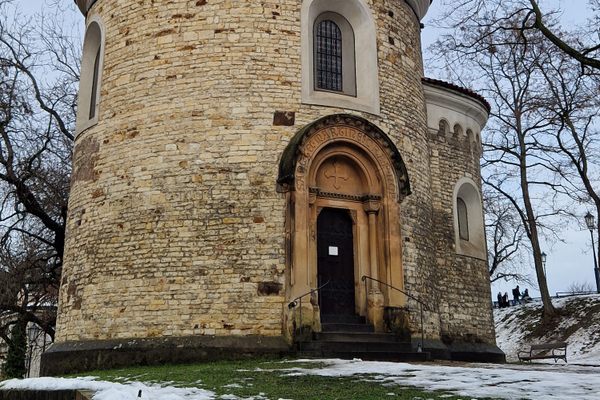Uránia Nemzeti Filmszínház
A stunning Art Nouveau cinema in the heart of Budapest.
Constructed in the mid-1890s, Hungary’s national film theater Uránia is a breathtaking work of Art Nouveau architecture, combining Venetian Gothic elements with the Italian Renaissance into the crown jewel of Neo-Moorish style in Budapest.
Originally an “orpheum,” the theater was first called Caprice and then (fittingly) renamed Alhambra. It was given projection equipment in 1899, becoming the Uránia Science Theater. Two years later, its rooftop terrace provided a location for the film A táncz (The Dance), arguably the very first motion picture in Hungarian cinema history, none of whose copies survive today.
By 1916, film screenings had become Uránia’s main attraction, replacing its science lectures and eventually putting them away for good. Following World War II, it continued its operations under Sovexport but was returned to Hungary not long after.
The National Theater remains a popular cinema in the city to this day, with several screens in addition to the grand main hall, which has a capacity of 460 people. No less majestic than a classical opera house, it even has beautifully restored boxes and a balcony named after iconic titles of classic Hollywood and Hungarian cinema, such as Casablanca (1942), Merry-Go-Round (1955), Hyppolit, the Butler (1931), and, of course, The Dance (1901).


















Follow us on Twitter to get the latest on the world's hidden wonders.
Like us on Facebook to get the latest on the world's hidden wonders.
Follow us on Twitter Like us on Facebook